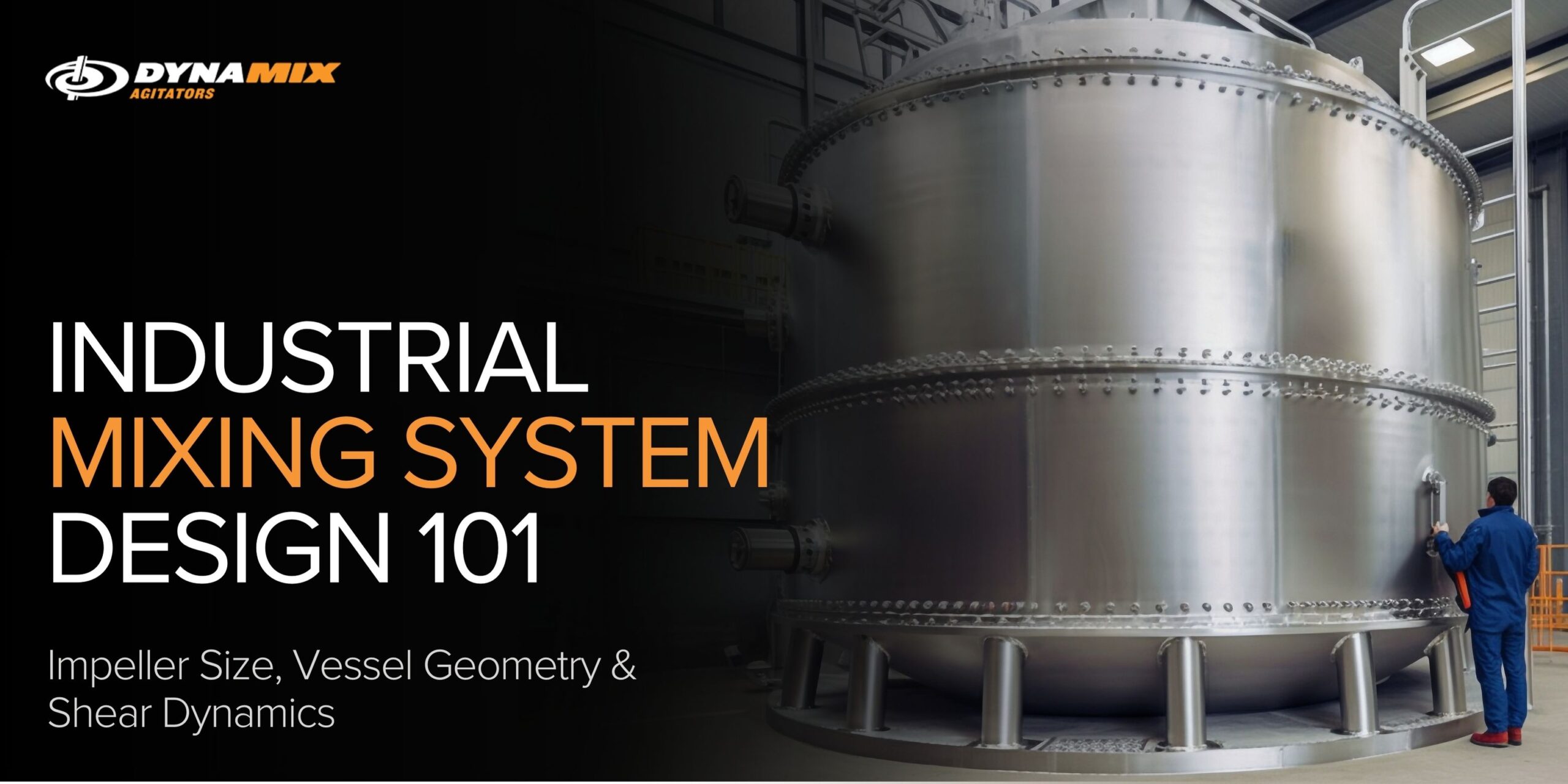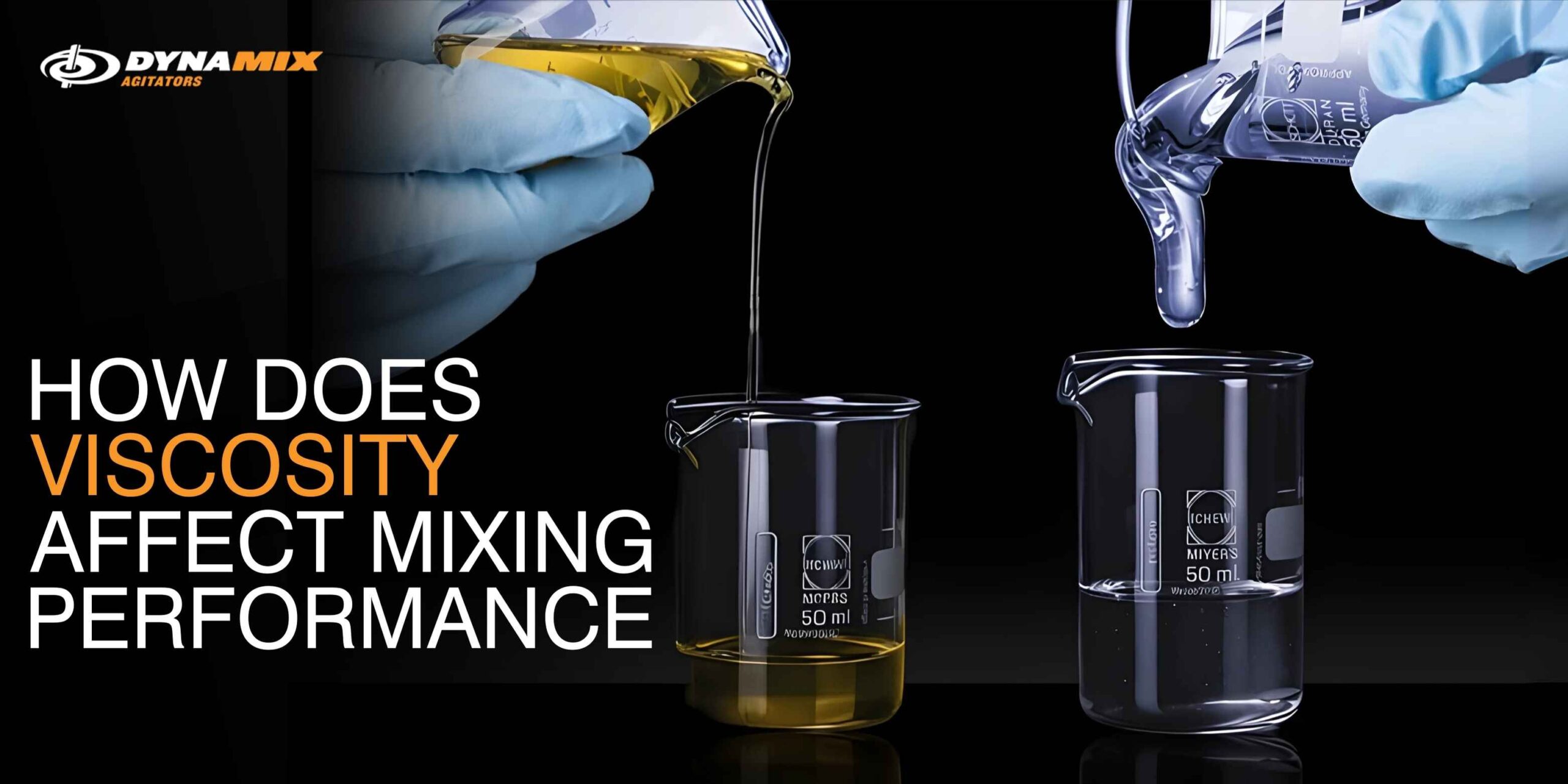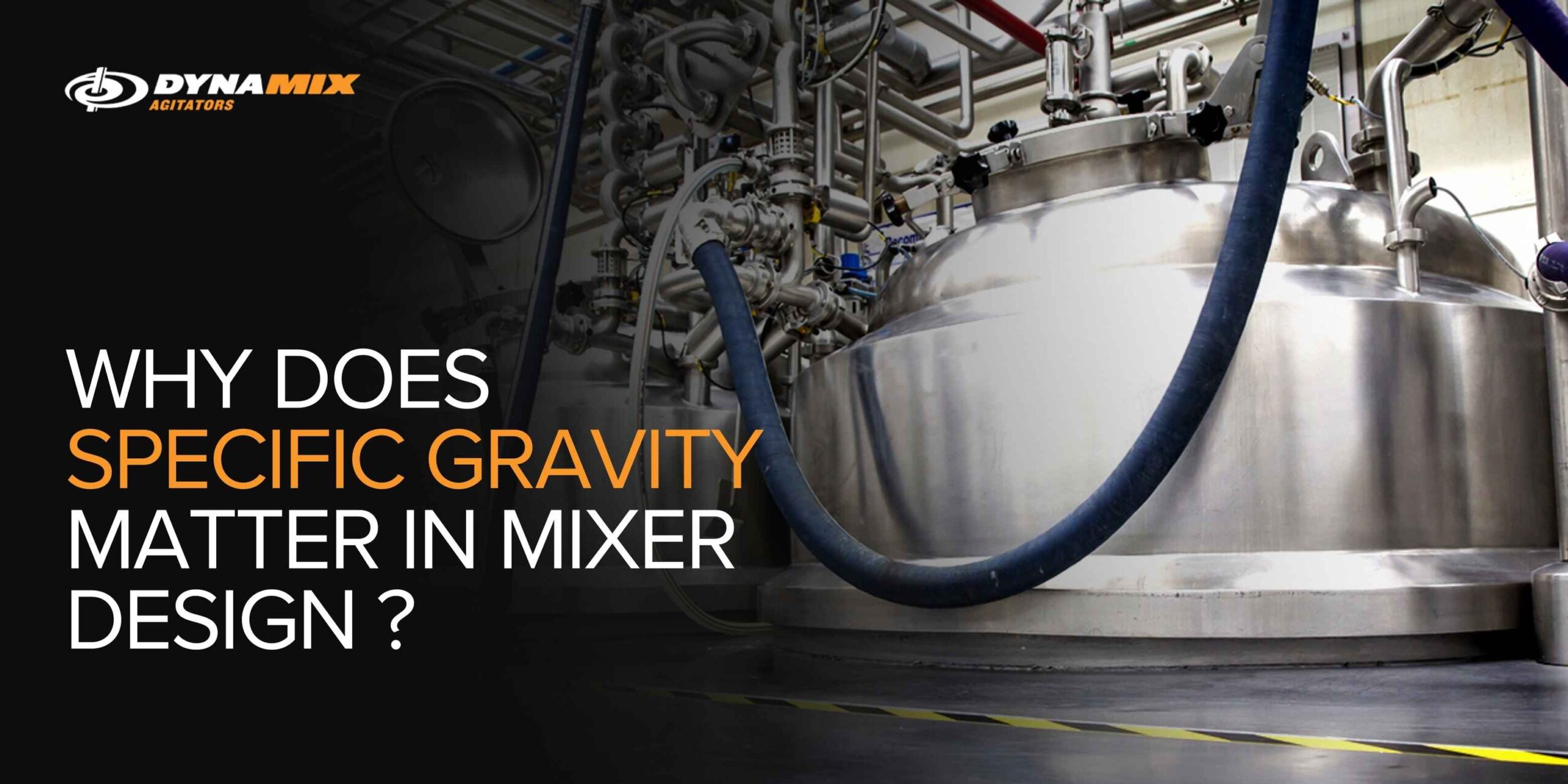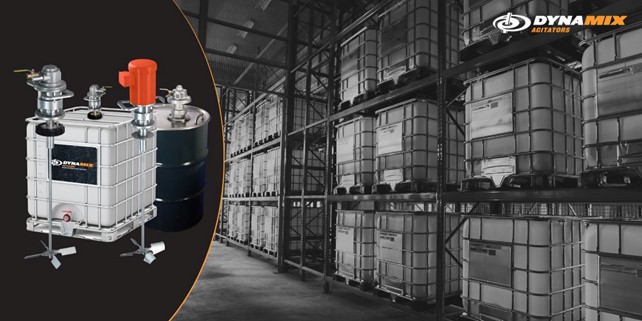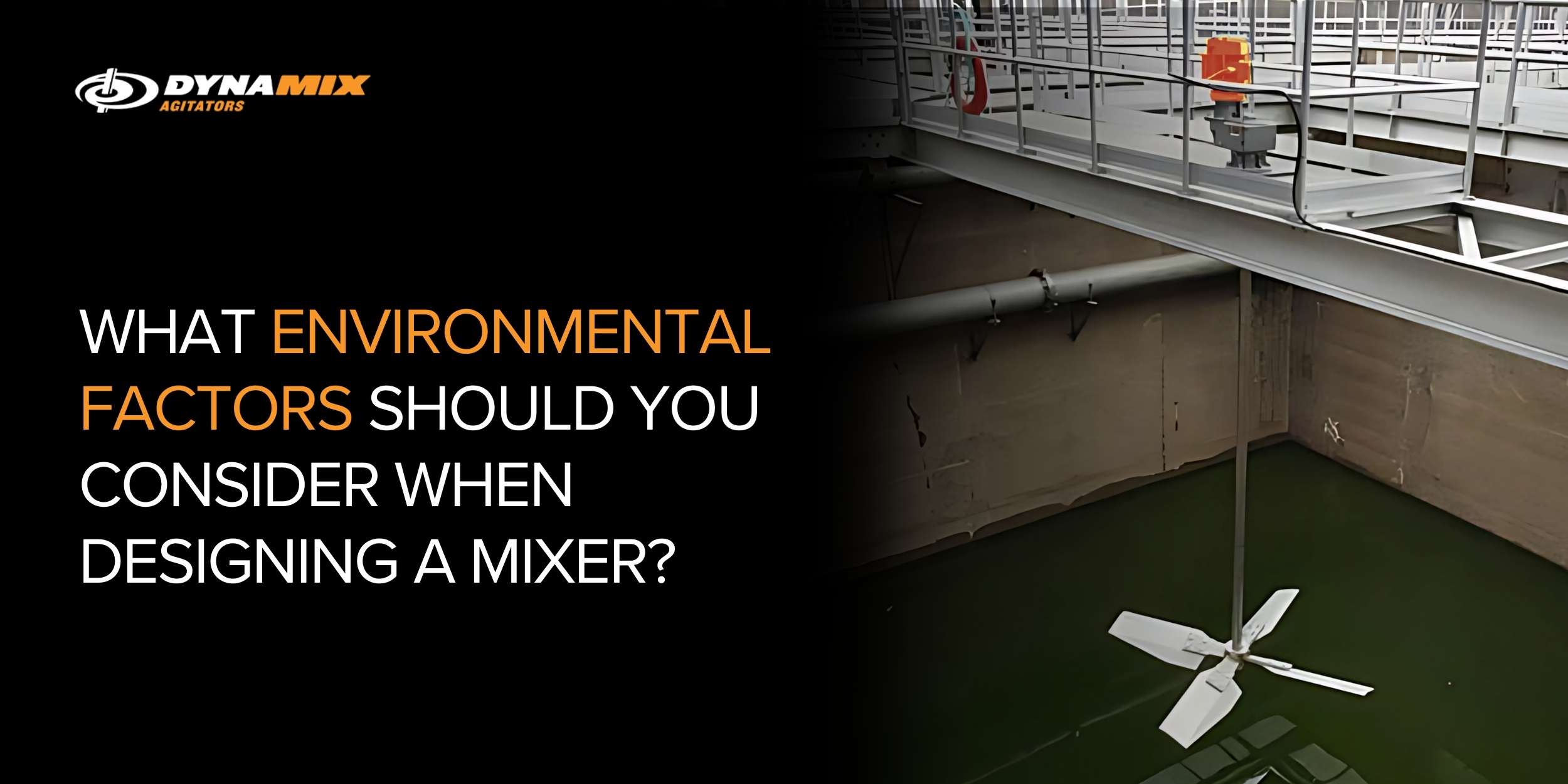
Environmental Factors To Consider When Designing a Mixer
Why Environment Matters in Mixer Designs In the industrial mixing world, choosing the right mixer is about more than just capacity or motor size. One of the most overlooked aspects of mixer design is the environment in which it will operate. Environmental conditions affect equipment lifespan, energy efficiency, safety, and ultimately, product quality. When engineers select mixers for high- and low-temperature environments, the conversation quickly moves beyond horsepower, torque, shear and impeller type. In the real world, it’s the materials and seals that make-or-break performance. And those lessons weren’t learned in sanitized labs, they were forged in the mills, mines, and refineries of North America, where Dynamix was born. From frozen Canadian wastewater lagoons to the


